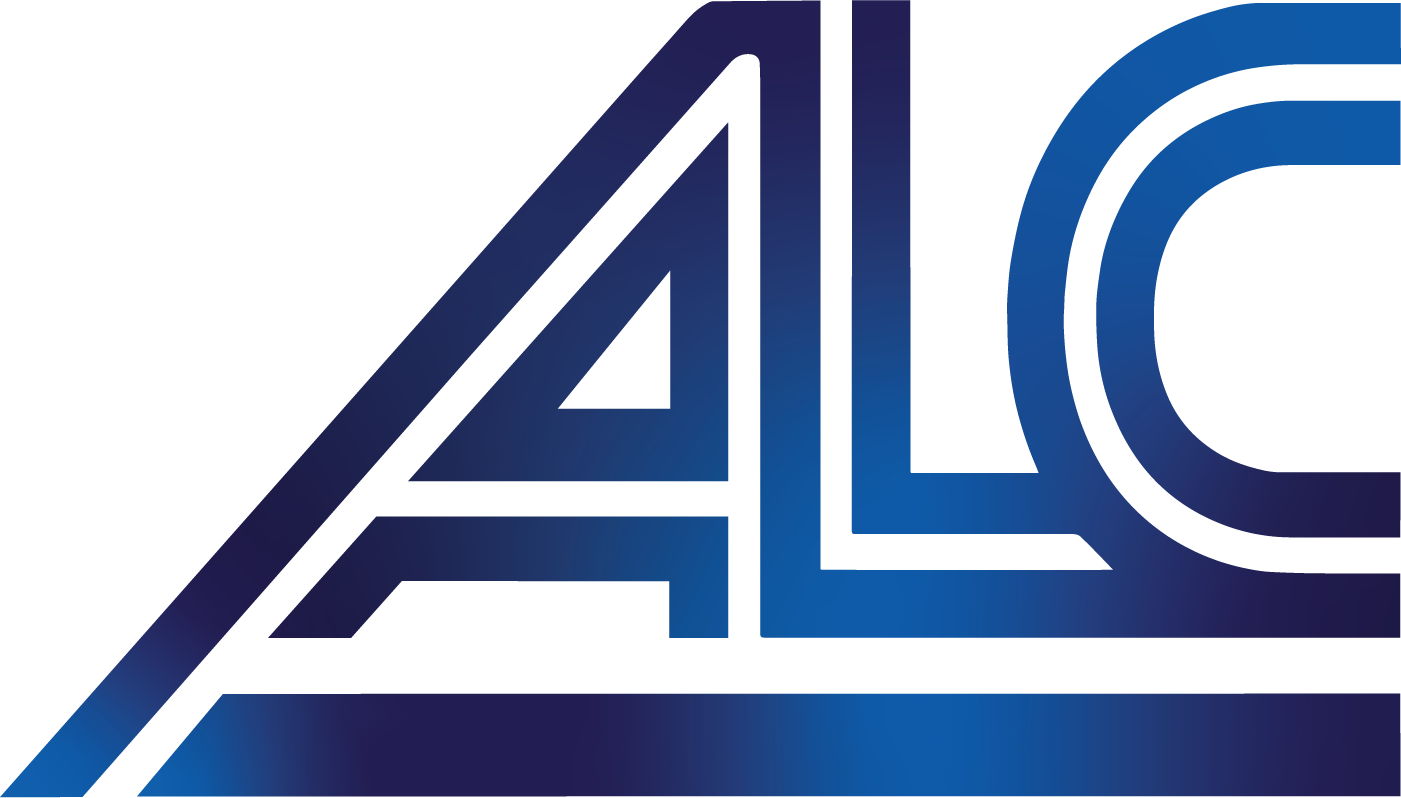What Every NIL Athlete Should Know About Paying Taxes
Spoiler alert: All income has to be reported, but services like ALC can simplify the paperwork
No one is excited when tax season rolls around, but it can be especially stressful for NIL athletes paying taxes for the first time. While many of these athletes are used to being claimed as a dependent on their parents’ or guardians’ taxes, their NIL income could affect their tax filing status. Let’s break down the most important things that NIL athletes should know about tax liability on income from NIL collectives, deals, and social media posts.
Does an NIL athlete have to pay taxes?
If an NIL athlete makes at least $400 in NIL compensation, they have to file a tax return. For tax year 2022 (TY 2022), a dependent child who has earned more than $12,950 of earned income needs to file a personal income tax form. That “earned income” includes wages, tips, salaries, and—most importantly for NIL athletes—payment from self-employment.
Does an NIL athlete qualify as a dependent?
First things first: NIL athletes should not assume that they can be claimed as dependents on their parents’ or guardians’ taxes. The answer varies according to the athlete’s individual circumstances.
For a child over the age of 18 to be claimed as a dependent, they must:
- Be a full-time college student
- Be under 24
- Rely on a parent or guardian for at least half of their financial support
- Not file a joint return with a spouse.
Let’s use a couple of examples to illustrate how this could work. In each of these examples, we’ll assume the athlete is an unmarried, full-time college student under the age of 24, on a full non-taxable scholarship.
- Athlete A needs $25,000 a year in living expenses—e.g., housing, food, incidentals—and makes $12,000 annually in NIL deals. Athlete A’s guardians contribute about $15,000 annually to Athlete A’s expenses. Athlete A could be claimed as a dependent.
- Athlete B needs $25,000 annually for living expenses, and earns $50,000 annually through an NIL deal with a collective. Even if Athlete B’s guardians are providing the full $25,000 annually for Athlete B’s living expenses, they cannot claim Athlete B as a dependent because Athlete B earns enough to provide half of the needed financial support.
What income has to be declared?
In short: Anyone who earns income has to declare that income on their taxes.
Now let’s discuss how that can get confusing.
Businesses are required to issue a 1099 form to a taxpayer (other than a corporation) who has received at least $600 or more in non-employment income during the tax year. The IRS requires those 1099s to be distributed by February 1 of each tax year, so NIL athletes should be checking their mailboxes and email inboxes throughout January for 1099s.
But even if an athlete doesn’t receive a 1099, they still have to declare the income. For example, if an athlete is paid $400 to make an appearance at a car dealership, the dealership will not be required to send a 1099 to the athlete, but the IRS expects the athlete to report that $400 on tax returns.
Should NIL athletes pay quarterly tax estimates?
The IRS advises that “individuals, including sole proprietors, partners, and S-corporation shareholders, generally have to make estimated tax payments if they expect to owe tax of $1,000 or more when their return is filed. For estimated tax purposes, the year is divided into four payment periods, with the following payment deadlines:
- January 1 to March 31 – April 15
- April 1 to May 31 – June 15
- June 1 to August 31 – September 15
- September 1 to December 31 – January 15 of the following year
If the due date falls on a Saturday, Sunday or legal holiday, the payments are due the next business day.
People who don’t pay enough tax by the due date of each of the payment periods may be charged a penalty—even if they’re due a refund when filing their income tax return. The penalty can be several hundred dollars.
NIL athletes can calculate and pay quarterly tax estimates using the Form 1040-ES. The IRS also has an online tax estimator and payment portal.
Should NIL athletes pay quarterly tax estimates?
The most important thing an NIL athlete can do is carefully document their income and expenses throughout the year. And it doesn’t have to be difficult! Universities and collectives can set their athletes up for success by using a service provider like ALC, which provides NIL athletes with consolidated 1099s to eliminate the bulk of the tax paperwork.
NIL athletes can also use software to simplify the process. Using systems that talk to one another can make it easier for NIL athletes (or their guardians) to track what money is coming in and going out. (Think services like Expensify for documenting business expenses, Quickbooks for managing income, and TurboTax for paying state and federal taxes.) For NIL athletes earning big money, hiring an accountant may be the best move.
The reality of the NIL landscape is that college athletes are expected to be too many things all at once. In addition to playing a sport and studying in school, they’re suddenly small business owners who need to understand tax and compliance. The consequences of getting any of those details wrong—details that many professional adults don’t even understand—can be severe.
As athletes and their families weigh offers from schools and collectives, they should be asking questions about what kinds of resources each program offers to help streamline the NIL ecosystem. For collectives, agents, and schools, empowering athletes with tools for NIL compliance could be the key to locking in top talent.
- By Nikki Cary





